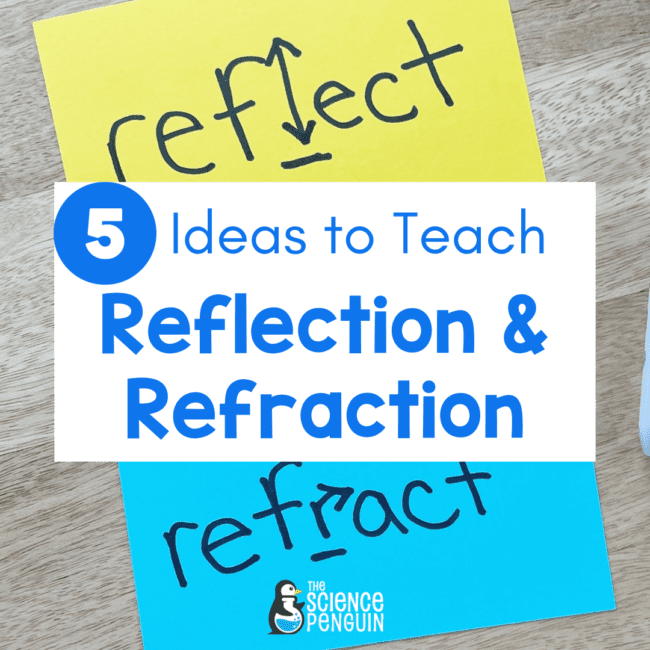
Let’s teach about the reflection and refraction of light for 5th grade. Even though this can be a confusing topic, your students will reach mastery in no time with these interactive activities for reflection and refraction, as well as absorption.
What are reflection and refraction?
I’ll be honest; before I started teaching 5th grade, the behavior of light never crossed my mind. As a 5th grade teacher, though, I think about it ALL THE TIME!
Reflection is the process by which light bounces off of a surface. When light hits a reflective surface, such as a mirror or a polished metal object, the light waves bounce off of the surface and return to the source. This is why we are able to see images in mirrors – the light waves are reflected back to our eyes.
Refraction is the process by which light changes direction as it passes through different materials. When light travels through a different material, such as water or glass, the light waves are bent as they pass through the material. This is why things often appear distorted or bent when viewed through water or glass – the light waves are refracted as they pass through the material.
Here’s a collection of resources I’ve used to teach students about the behavior of light.
1. Light and Matter
In primary science (k-2), students learn how light from a flashlight interacts with matter.
In upper elementary, students look around the room to find examples of items (media) that transmit, reflect, refract, and absorb light.
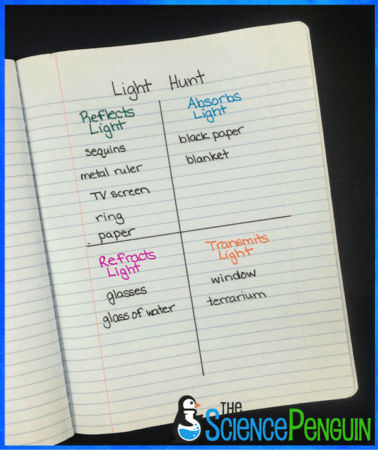
With small groups, I’ve also reviewed reflection and refraction with a light hunt. I put a few items out around the room. After students visit and interact with those materials, they can add other items in the classroom.
After we go over how light behaves with each of the items, we discuss the following question: What do the items in each group have in common? This helps us identify similarities and tendencies in each group.
2. Light Phenomenon-Based Unit for Deeper Learning
Includes 5 days of 45-minute lessons:
- Engage: Phenomenon video and Things That Look Strange Quick Lab
- Explore: Angle of Reflection Lab and curved mirror demonstration
- Explain: Read the text together, watch the video clips, and complete an entry in notebooks
- Elaborate: Refraction Stations
- Vocabulary: Vocabulary posters and student page
- Evaluate: Support a claim with supporting evidence and reasoning in a CER
- Assess: 5-question multiple choice quiz and differentiated open response prompt including Google Forms option
See it on TPT: Light Phenomenon-Based Science Unit
3. Reflection and Refraction Worksheet Alternative
So you need to review and practice the concepts but don’t want to use another worksheet? Try task cards and sorts!
Task Cards
These light vocabulary task cards are super fun and can be used in many ways for games, pairs work, and more!
Sorting Cards
Your students will also love this Reflection vs. Refraction sort. Listen in to the conversations as teams work through all 27 sorting cards.
4. MUST-HAVE Observation Stations for Teachers Short on Time
Reflection Observation Stations
In these Observation Stations, student teams use a protractor on the station directions page, a laser, and a mirror to observe and draw the reflected ray for a given incident ray.
Refraction Observation Stations
In these Observation Stations, student teams observe what occurs when light strikes 6 different objects. Expect a lot of “ooh”s and “wow”s!
5. Small Group Science Intervention
See it on TpT! Force & Energy Small Group Science
Standards
TEKS 5.6C demonstrate that light travels in a straight line until it strikes an object and is reflected or travels through one medium to another and is refracted
Sign up for the Free Resource Library
This is an exclusive library of 40+ science printables, labs, activities, and games for grades 3-6. Sign up and check your email for immediate access.


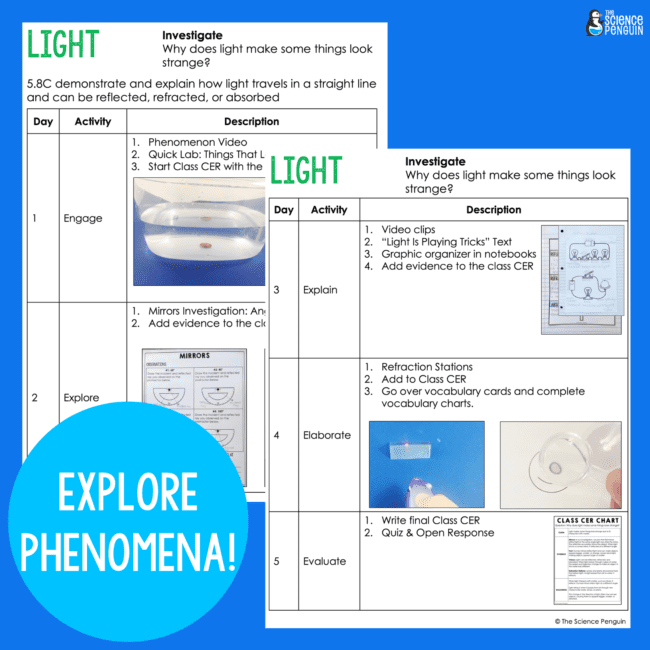

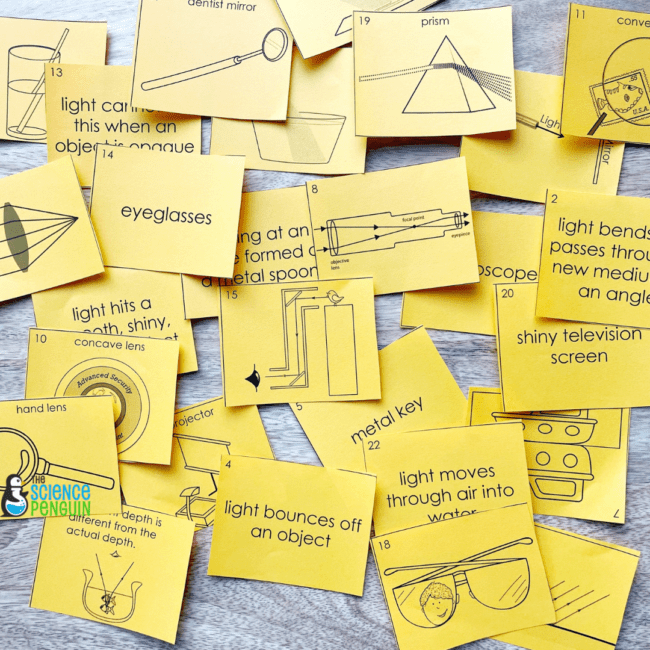

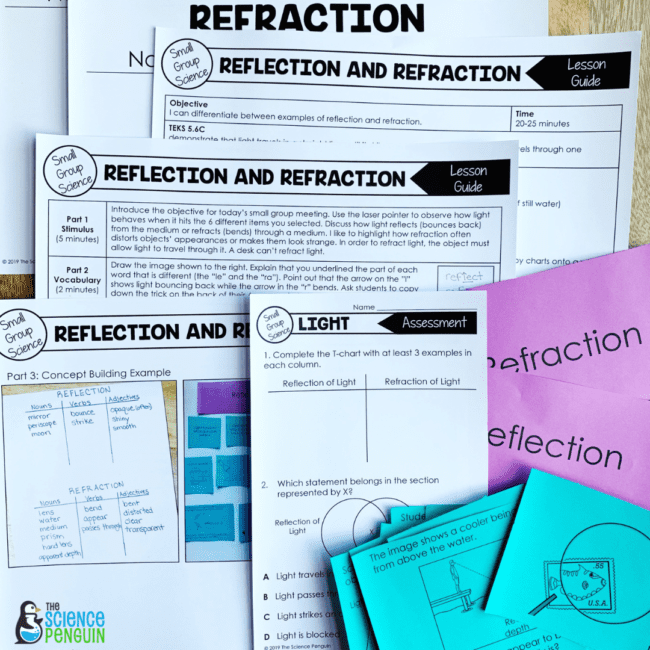
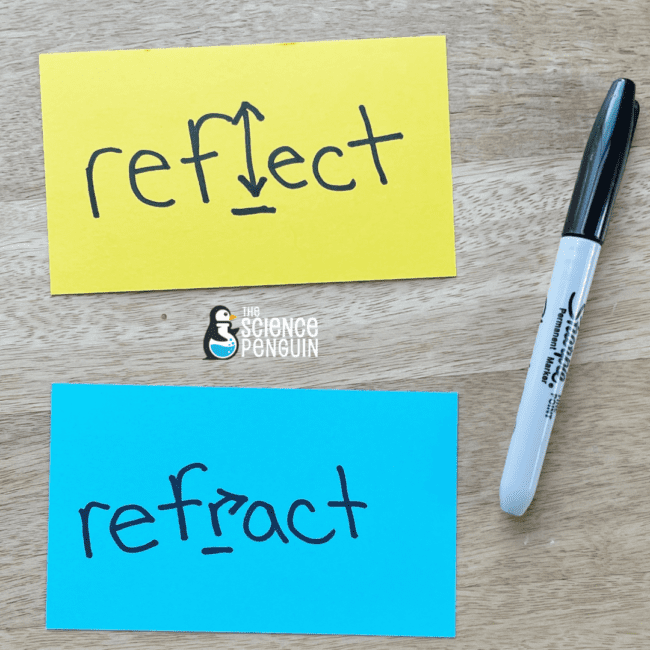
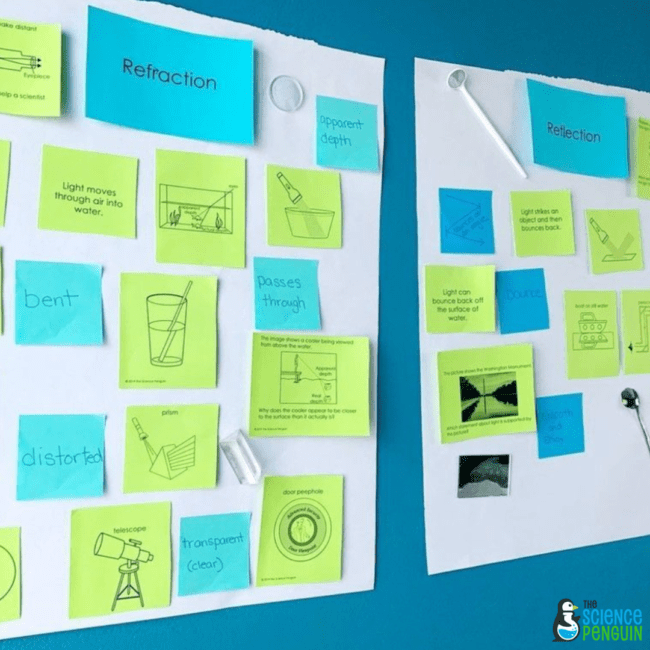

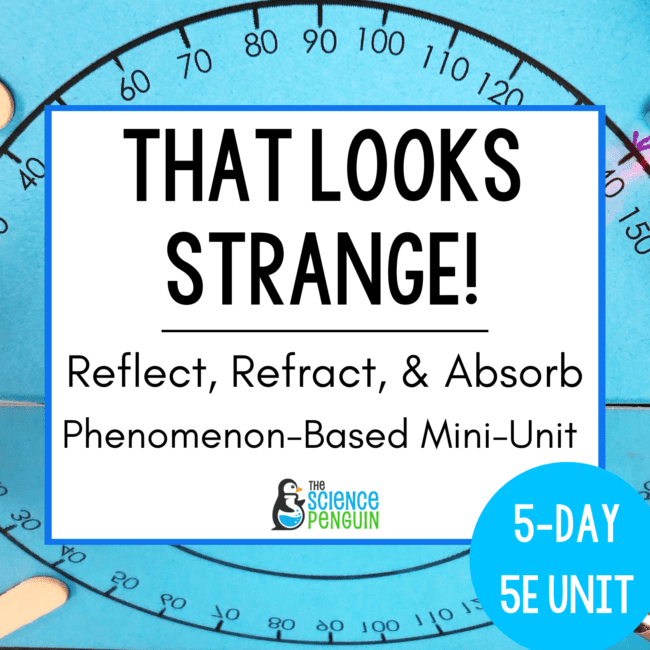
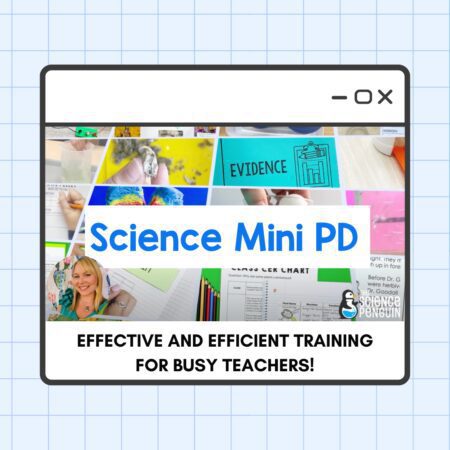

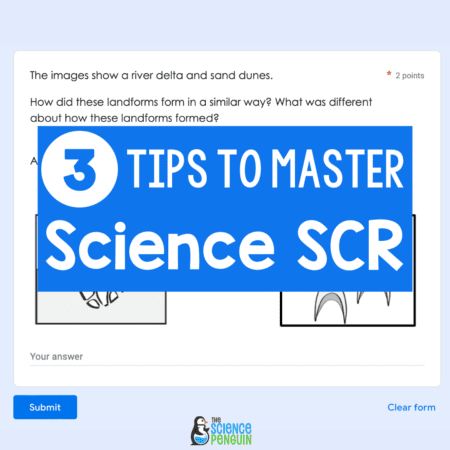

8 thoughts on “5 Phenomenal Ideas to Teach Light: Reflection and Refraction in 5th Grade”
I love how you have broken this down. I already have your products and now I know exactly how to use them! Thank you so much!
Rachel
Mrs O Knows
Thanks, Mrs. O!
I’m new to science penguin. Is this a unit I can purchase on TpT?
Martha,
These are either ideas or separate products I have listed on TpT. The images that are products are links to the resource. Thanks!
I have found the very coolest lights to use for teaching about light – I don’t like using filters and flash lights and these colored LEDs are very affordable. They are called Light Blox from Laser Classroom. I love them!
I have spent the day looking for these things, not knowing their name … Thank you!
This is really great. What are some of the hand signals you use for the vocab words.
I love it teach me please
Comments are closed.